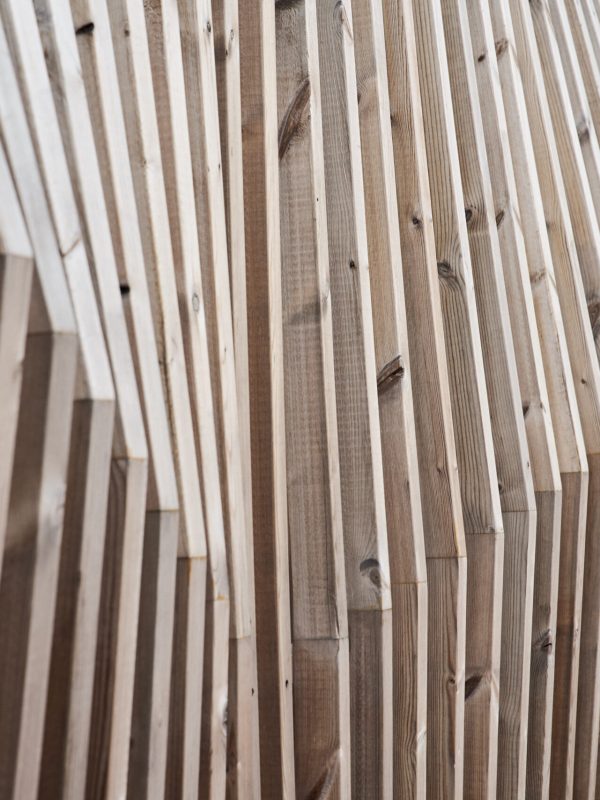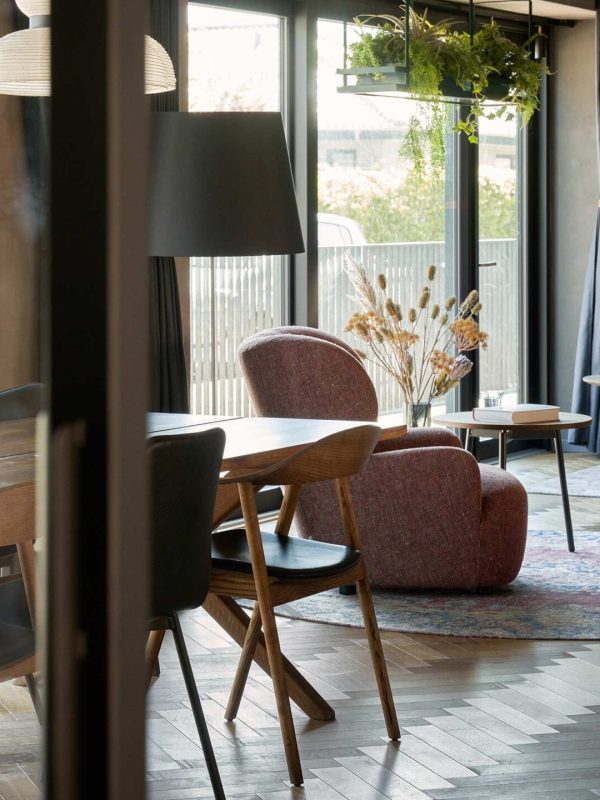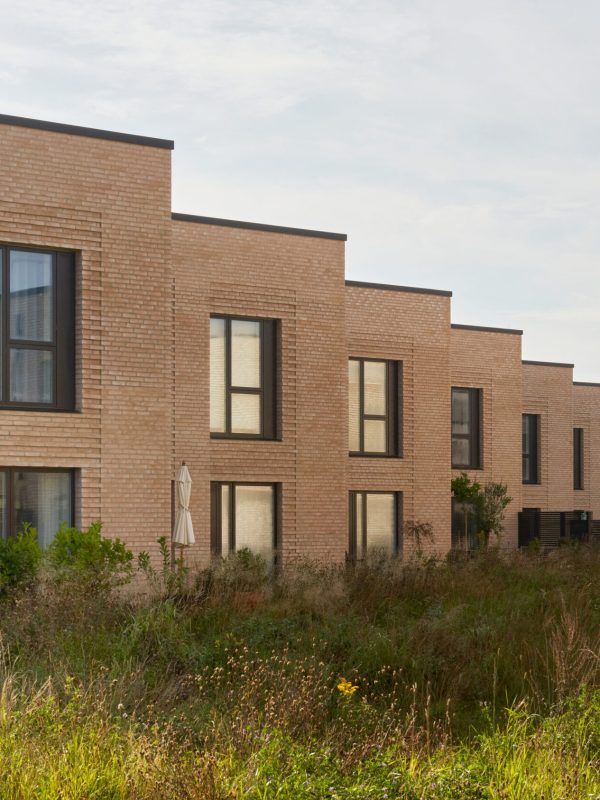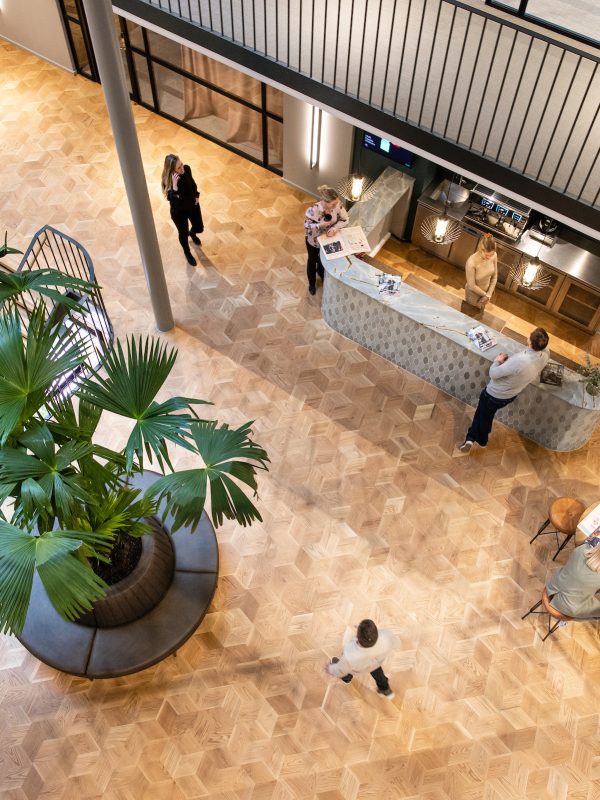Strong identity and cohesion in focus
Cities and homes shape people’s lives. We all spend large parts of the day and night in our homes and local environments. Therefore, buildings and urban environments are crucial to people’s health, well-being and quality of life.
We put people front and centre in our urban developments. Our starting point is the needs of the residents, and we take responsibility for ensuring that the home and local surroundings create a safe environment and a high quality of life. This means we think long-term and develop neighbourhoods where people love to live – both today and in the future. We want to play a long-term role in developing a neighbourhood, for instance by renting out homes ourselves and managing shared facilities.
We develop mixed neighbourhoods with a strong identity and cohesion. We create urban environments where life may be lived with beautiful and functional architecture, green spaces and meeting places as fertile ground for community-building.
Our guiding principles
We put the customer front and centre
With thorough research and a responsive mindset, we develop neighbourhoods that will contribute to residents’ quality of life and remain attractive in the long term.
We create quality of life
We prioritise quality of life. Whether designing a neighbourhood or an individual home, we prioritise safety as well as its appeal to prospective residents.
We create the setting for happy living with space for play and recreation, work and learning, good neighbourly relations and a strong sense of community.
We want to contribute to creating more sustainable solutions
We design neighbourhoods that take responsibility for future generations. We recognise that cities and urban development affect our climate and environment, nature and biodiversity as well as the social conditions and relations in the area.
In close collaboration with customers, consultants and contractors, we prioritise, enforce and document climate, social and biodiversity impacts.
Urban development in practice

At ALFA Development, we develop and base all projects on the same fundamental principles and quality standards. To ensure this, we developed a Core Programme that forms the backbone of all our projects. The Core Programme serves as a common frame of reference and dialogue tool for all project parties, clarifying visions, objectives and frameworks for the development.
The Core Programme contains our overall vision for urban development.
ALFA Development aims to improve the quality of life of its customers and residents. We do this by developing attractive and sustainable urban and residential neighbourhoods that promote a sense of community among residents of all ages. We provide excellent service, and we also consider the next generations who will live with the decisions we make today.

The climate and environment play a central role in all our projects
Our ambition is to develop climate and environmentally friendly neighbourhoods that enhance quality of life and are built with minimal environmental impact.
Therefore, we have developed a sustainability plan that ensures all our projects incorporate sustainability measures from start to finish. Additionally, we assign a sustainability specialist to all development projects to ensure that our requirements and objectives are met.
Specifically, all projects must be designed and monitored to achieve DGNB Gold certification and comply with the applicable low-emission requirements.
ALFA Development’s sustainability plan reflects the entire life cycle of construction. This makes it easy for all parties involved to contribute to achieving the desired DGNB Gold certification.
The sustainability plan includes minimum requirements with measurement points that allow for flexibility and innovation.
Our sustainability plan is based on the following principles:
Reduce the climate impact of the neighbourhoods and buildings we develop. The long-term goal is to build within planetary boundaries.
Create high-quality buildings with a long lifespan – also beyond the fifty-year consideration period of the statutory requirements for life cycle analysis of buildings.
Stay ahead of the curve and ensure the neighbourhoods and buildings we develop are resilient to climate change.
Think circularly, ensuring high resource efficiency and reducing waste.
Ensure minimal impact on the external environment and a healthy indoor climate.
Preserve and convert existing buildings to save resources; alternatively, aim to maximise the reuse of building materials.
In our sustainability plan, we systematically measure our projects on the following parameters:
- Climate impact
- Social impact
- Biodiversity impact
Learn more about our work with
Biodiversity



